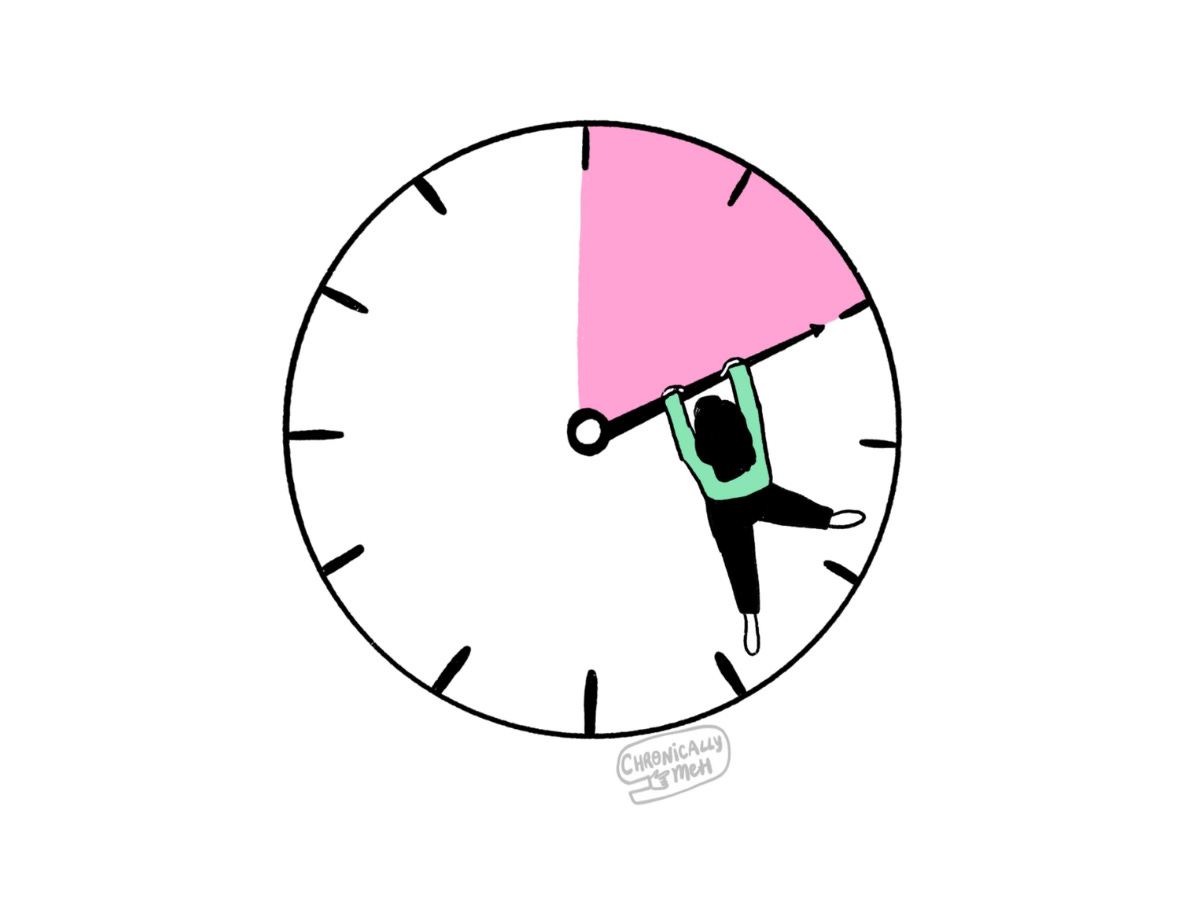10 min productivity experiment
SneakyArt Post inspired this one
When I sit down to write a blog post or create doodles for my Instagram, it’s always with the goal to finish. That’s how I’ve been trained: start, grind through, and get to the end.
But here’s the problem. If I can’t finish, I often don’t even try. It’s hard to shake the mindset that starting is pointless if you can’t see it through.
I recently came across the hyperfocus Pomodoro technique, thanks to The SneakyArt Post. The idea? Work for 10 minutes at a time, take a meaningful break, and then return to another focused 10-minute session.
No extensions. No cheating. Just 10 minutes of clarity, if you can manage it.
SneakyArtist talked about how this technique came to him during a period of physical pain that forced him to work in these restricted bursts. Inspired by his experience, and with my own struggles in mind, I decided to give it a try.
The challenge of focus
Focus isn’t something that comes easily to me anymore. Between chronic migraine, brain fog, anxiety attacks, depressive episodes and the lingering cognitive effects of COVID, I’ve become painfully familiar with the sensation of phasing out mid-task. It’s not the cute kind of daydreaming where you’re lost in thought. It’s more like my brain just… disconnects.
I’ll be doing something, and suddenly, I’m staring at a wall, wondering what I was even doing in the first place. The effort it takes to pull myself back is monumental. Each attempt to recalibrate only exacerbates the mental exhaustion.
So the idea of working in tiny, focused bursts intrigued me. Could I stay present for just 10 minutes?
Getting started
The first hurdle was figuring out what to do with those 10 minutes. The brain fog makes even choosing a task feel daunting. Big, nebulous goals like “clean the house” or “work on my blog” immediately felt overwhelming. I had to break things down in ways I’m not used to:
Instead of “clean the house,” I picked “do the dishes.”
Instead of “work on the blog,” I chose “write one sentence.”
Once I had a clear, manageable task, I set the timer.
The struggle with staying present
It wasn’t easy. Even with a 10-minute timer ticking away, my brain still tried to escape. I’d start a task, and within minutes, I’d catch myself zoning out or forgetting what I was supposed to be doing.
The cognitive challenges are just frustrating and demoralizing. It feels like my brain is constantly working against me. And as much as I wanted to stay laser-focused for those 10 minutes, the fog kept creeping in.
But I kept resetting. I let myself take breaks when I drifted too far, reminding myself that the point wasn’t perfection. It was trying.
What worked
Surprisingly, even with all the challenges, the experiment wasn’t a failure. Over the course of a day, those tiny bursts of focus added up.
10 minutes for dishes.
10 minutes for laundry.
10 minutes for writing.
10 minutes for illustrating.
By the end of the day, I had accomplished multiple things. Sure, I hadn’t finished “cleaning the house” or “writing a blog post”. But, I did do chunks of it - like a sprint.
The breaks in between weren’t wasted either. Stretching, resting, listening to an audiobook or simply staring into the sky gave me the reset I needed to dive back into the next task.
The downside: Time feels like it’s running out
Here’s where I’m struggling: the timer.
10 minutes feels so short that I find myself rushing, flustered, trying to cram as much as possible into the session. And when the timer beeps, I panic over anything left unfinished. There’s this internal voice screaming, You didn’t do enough.
And it’s physical too. I have anxiety attack from that panic, and migraine attacks from that anxiety.
It’s a feeling I know is tied to deeper issues, the way we’re conditioned to see unfinished work as failure, the way chronic illness makes you feel like you’re always behind. Rationally, I know the timer will restart. I’ll get another 10 minutes. But emotionally? I’m not there yet.
Learning to be okay with unfinished is a work in progress.
What I’m learning
This experiment isn’t just about productivity, but more about learning to work with my brain instead of fighting it.
Instead of focusing on finishing, I’m learning to focus on starting. Ten minutes might not be enough to finish a doodle or complete a blog post, but it’s enough to make progress.
It’s uncomfortable, especially with writing, where I’m used to following a thought all the way through. With art, it’s even harder, because I crave the satisfaction of a finished piece. But I’m realizing that even unfinished work has value. A half-done doodle or a draft in progress still moves me forward.
I won’t say it’s easy, but I’m trying. And I’m learning that every small effort counts, even if it doesn’t lead to the finish line right away.
Thank you for the tip The SneakyArt Post
Btw, dear reader, if you don’t follow him yet, you should!
Continuing the experiment,
Shruti.






I tried this approach today but with different chunks of time. It was a little rough around the edges, but it was great how I was able to get the most of the time used. I also stopped when the overall timer went off too. Feeling good about this! So glad you shared 😊